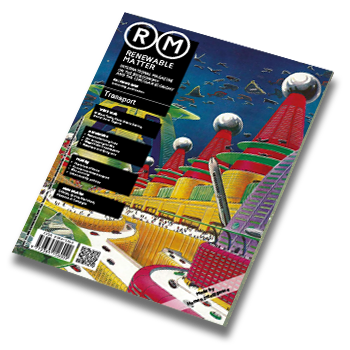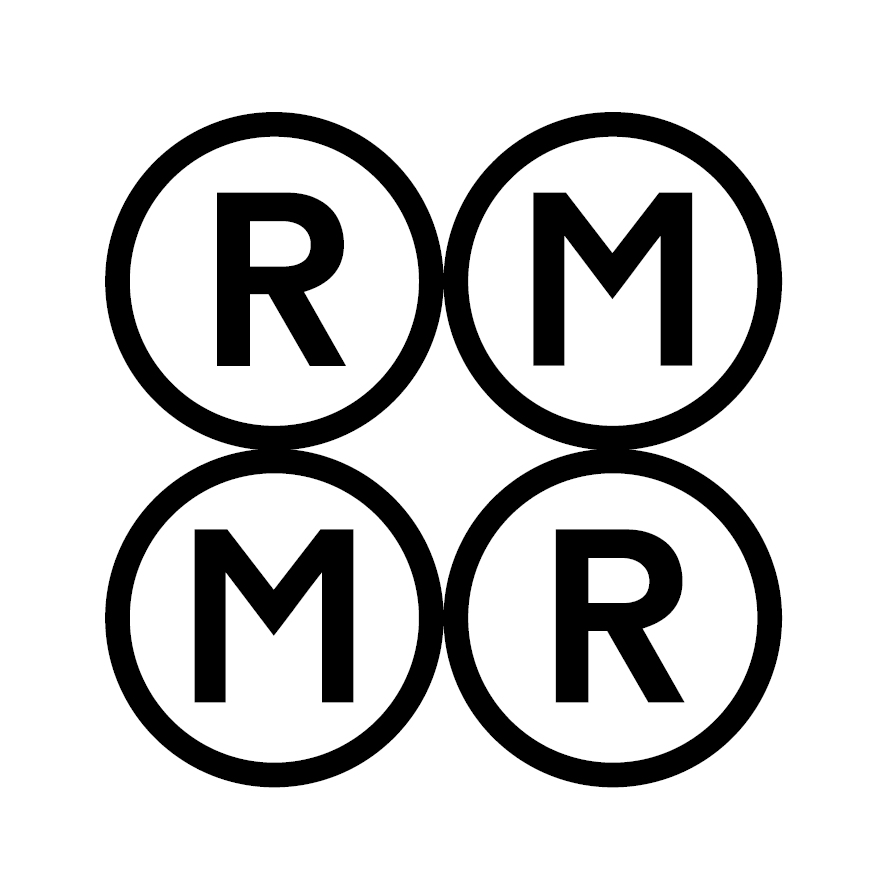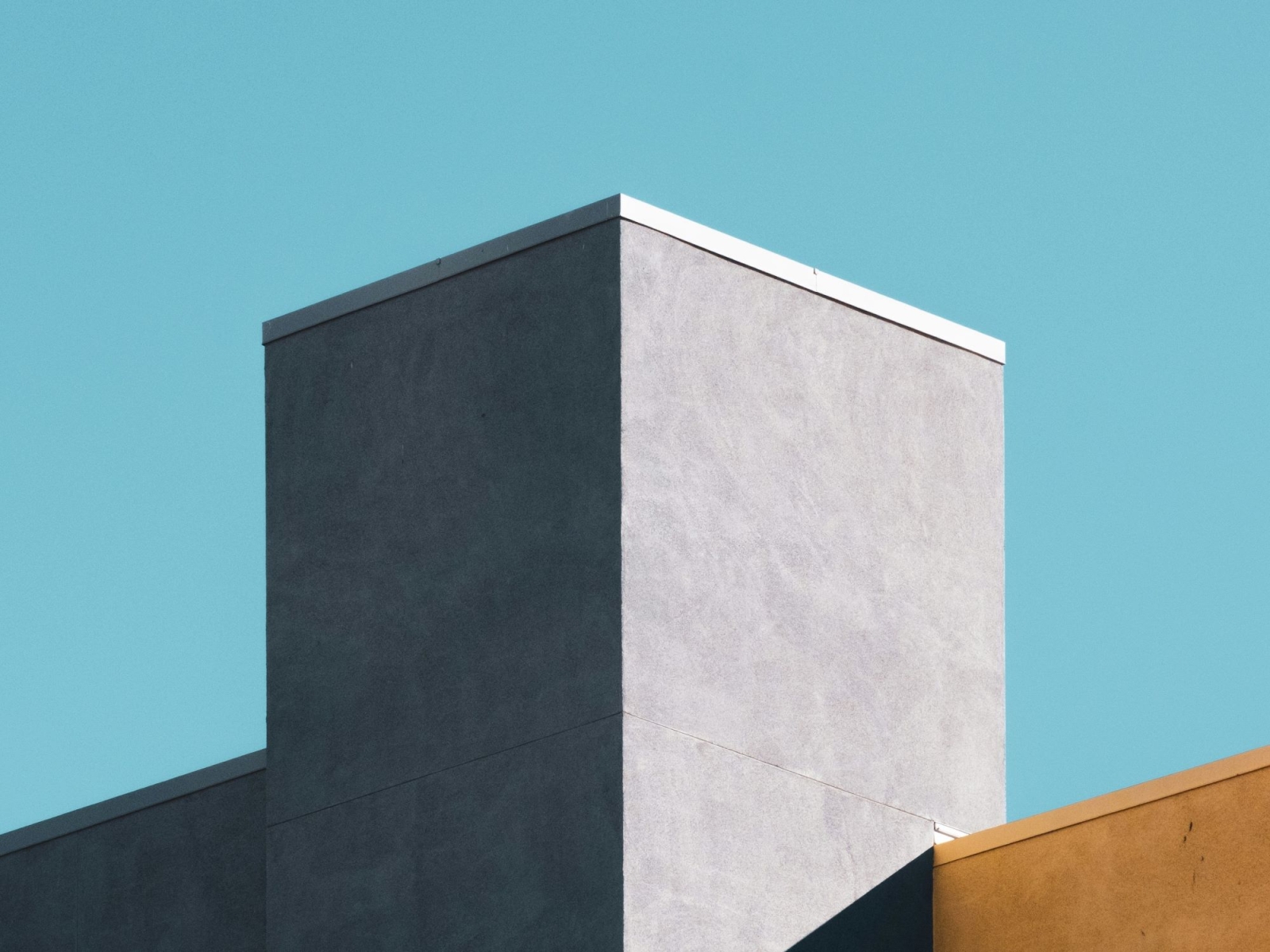In a bid to tackle the environmental impact of cement production and bolster circularity within the construction sector, Nextchem and Colacem have sealed a groundbreaking agreement. The collaboration aims to harness inert granulate derived from chemical recycling of waste, a move set to revolutionize cement production while curbing emissions.
The construction industry, notorious for its hefty environmental footprint, has long grappled with finding sustainable solutions, especially within the cement supply chain. However, a glimmer of hope emerges with the signing of this protocol between MyRechemical and Colacem, signaling a strategic shift towards eco-friendly practices.
Extensive research conducted by the University of Modena and Reggio Emilia, coupled with rigorous laboratory testing by Colacem, has validated the viability of using inert granulate from waste-to-chemical processes as a raw material for cement production.
The agreement
Alessandro Bernini, CEO of Maire, expressed enthusiasm about fortifying partnerships with key industrial players to fast-track decarbonization efforts in hard-to-abate sectors. The memorandum of understanding inked between NEXTCHEM's subsidiary, MyRechemical, and Colacem, one of Italy's leading cement producers, underscores a shared commitment to sustainability.
Under the terms of the agreement, MyRechemical will supply Colacem with inert granulate from its waste-to-chemical conversion endeavors, thereby maximizing material recovery and drastically reducing landfill disposal. This strategic move is expected to achieve a remarkable 95 percent conversion rate of treated waste, significantly below the 10 percent target set by the European Union for 2035.
In embracing circularity, Colacem will utilize this circular material to decarbonize its industrial processes, aligning seamlessly with its sustainability objectives. The pact not only represents a milestone in cement innovation but also sets a precedent for collaborative efforts towards a greener future in the construction industry.
This article is also available in Italian / Questo articolo è disponibile anche in italiano
Image: Parsoa Khorsand, Unsplash
© all rights reserved



